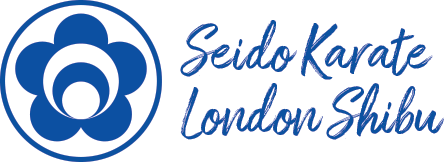Our Historical Lineage
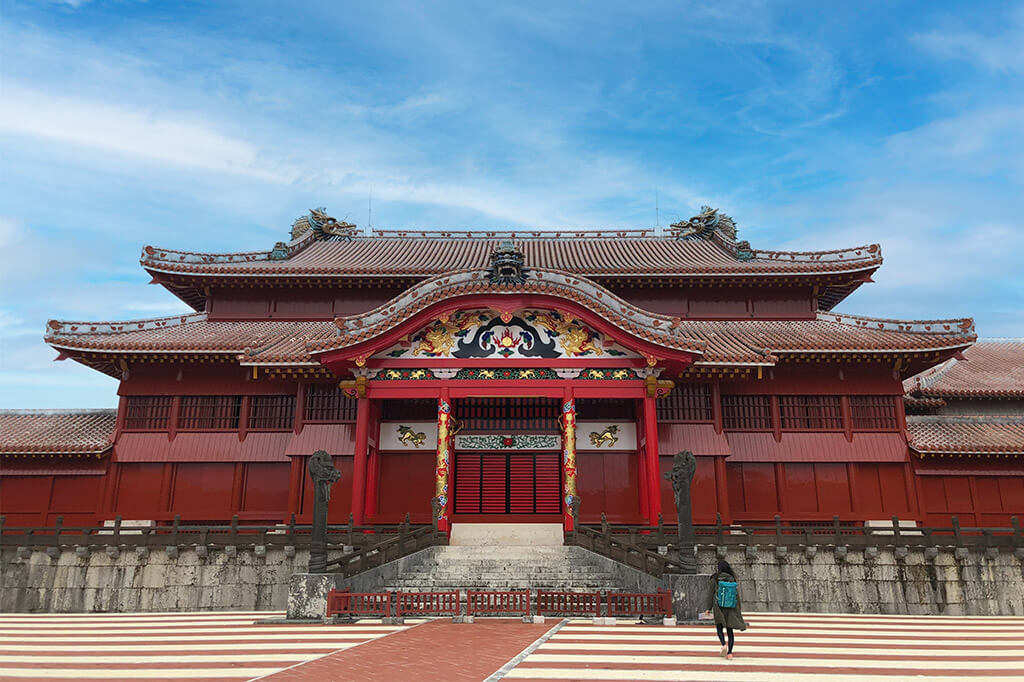
Karate or “empty hand” in Japanese, is the modern term used to refer to the indigenous fighting traditions which originated on the Island of Okinawa. Early in its history, this small island was the seat of power of the independent kingdom of Ryukyu and it had a different culture and language to that of mainland Japan. The Ryukyu kingdom also maintained close political and commercial ties with the neighbouring Chinese Empire. The cultural exchange that resulted from the contact between these nations was hugely influential in the development of early karate. Throughout its history, Okinawa would oscillate between the political and cultural influence of its two big neighbours, Japan and China.
Early Karate Practitioners
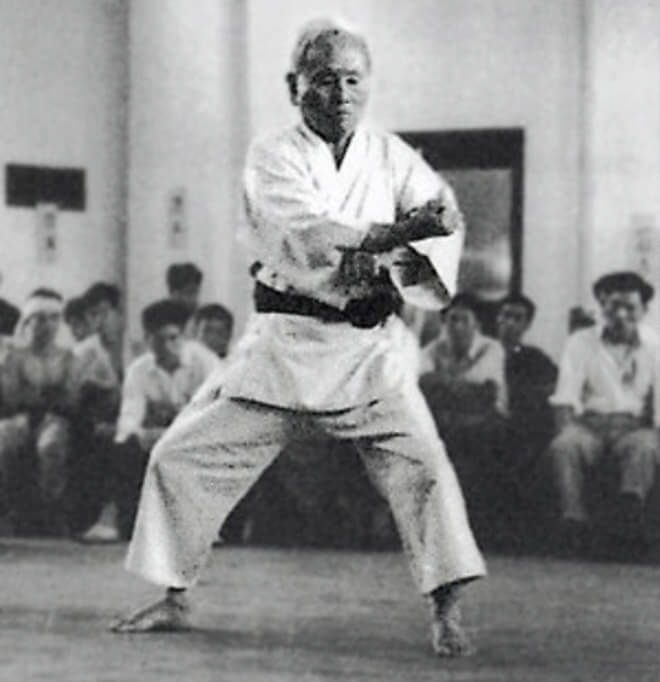
Much like in mainland Japan, several Okinawan martial arts practitioners were of noble blood. In fact, many were of the Pechin class, akin to the Japanese Samurai, and often served as representatives of the Ryukyu king on diplomatic missions. Given the importance of Ryukyu’s commercial and political ties with China, it must come as no surprise that karate would be greatly influenced by the fighting traditions of southern China, namely White Crane Kung Fu and Monk Fist Boxing practised in Fuzhou, in modern day Fujian province. There, later exponents of the Art, such as Higaonna Kanryo and Matsumura Sokon learned from local masters and later brought back their teachings to Okinawa where they blended with local fighting traditions. Several kata (formal patterns used to practise self-defence techniques) can be traced back to China, with the Sanchin Kata being probably the oldest of all. This cultural exchange with the Chinese was further extended by the presence of Chinese diplomats from the 14th century in the village of Kume, in today’s Okinawan capital of Naha.
The Ryukyu kingdom had a long history of conflicts and alliances with the Japanese Empire, which would eventually conquer Okinawa and annex it in the 1870’s. Interestingly, as early as the Heian Period (794-1185), there were systems of combat, both armed and unarmed, which had originated in mainland Japan and later were brought to Okinawa by Japanese aristocrats and their retainers.
The Founding of Seido Karate
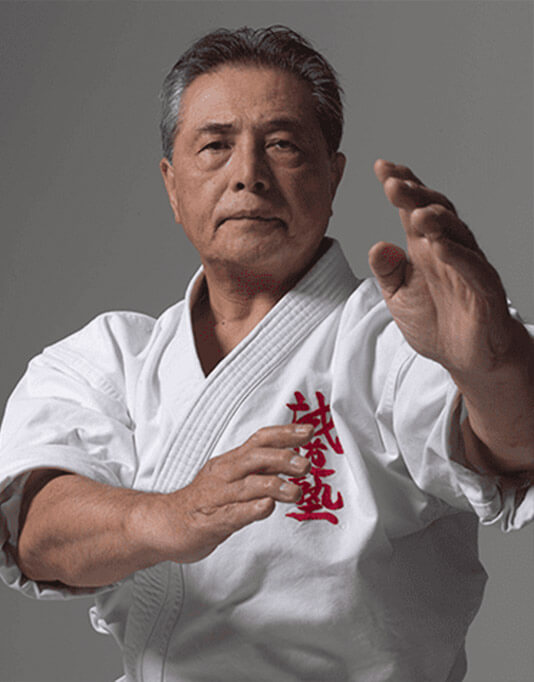
By the 20th century several of the modern styles of karate had emerged in Okinawa, with notable teachers passing on their particular influences and versions of the Art. It was during this period, largely through the efforts of Master Gichin Funakoshi, that karate was introduced into the Japanese school system. This adoption of karate into the nation’s classrooms would eventually lead to its modernisation into the Art most people recognise today. Amongst other developments, it was then that karate-ka adopted its distinctive uniform, the white gi, and incorporated the belt system developed by Judo’s founder Kano Jigoro.
Funakoshi would also become teacher to Kyokushin’s founder, Mas Oyama, an extremely influential martial artist in his own right. Oyama’s Kyokushin, a style of full contact karate, would become popular around the world and it was one of his most prodigious students, Kaicho Tadashi Nakamura, who in 1976 founded the World Seido Karate Organisation with the vision of bringing karate back to its traditional principles.
Nakamura, in the early days of Seido, invited into the organisation pre-eminent karate practitioner Hanshi Andy Barber, who would become Sei Shihan Brandt Leitch’s main instructor.
Seido London Shibu
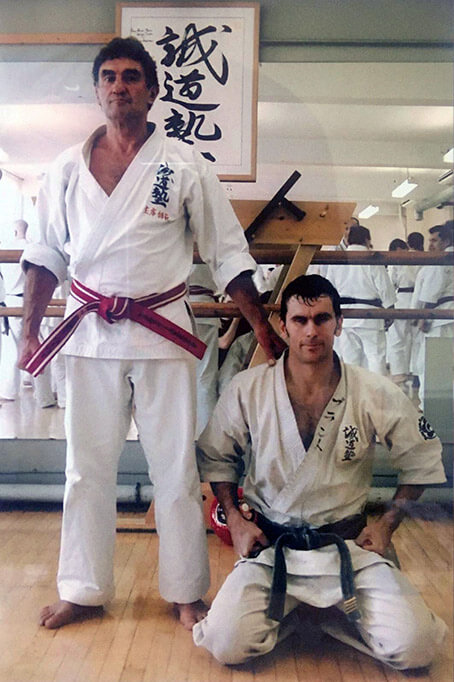
Sei Shihan Brandt Leitch (6th dan) started learning karate with his father from the age of 5, but it was upon meeting Hanshi Andy Barber in Nelson, NZ in 1980 that he recognised karate as his true vocation. Sei Shihan Brandt would go on to gain his black belt in 1990. In 1992 he moved to London where he continued his training.
For 9 years Sei Shihan Brandt was a senior member and instructor at the first Seido dojo in London, which had been established in 1991 by Kyoshi John Esposito (5th dan) and Kyoshi Ceri Evans (5th dan). In 1994 the dojo was relocated to Chiswick, where it adopted the ethos of Global, Local, Safe & Strong.
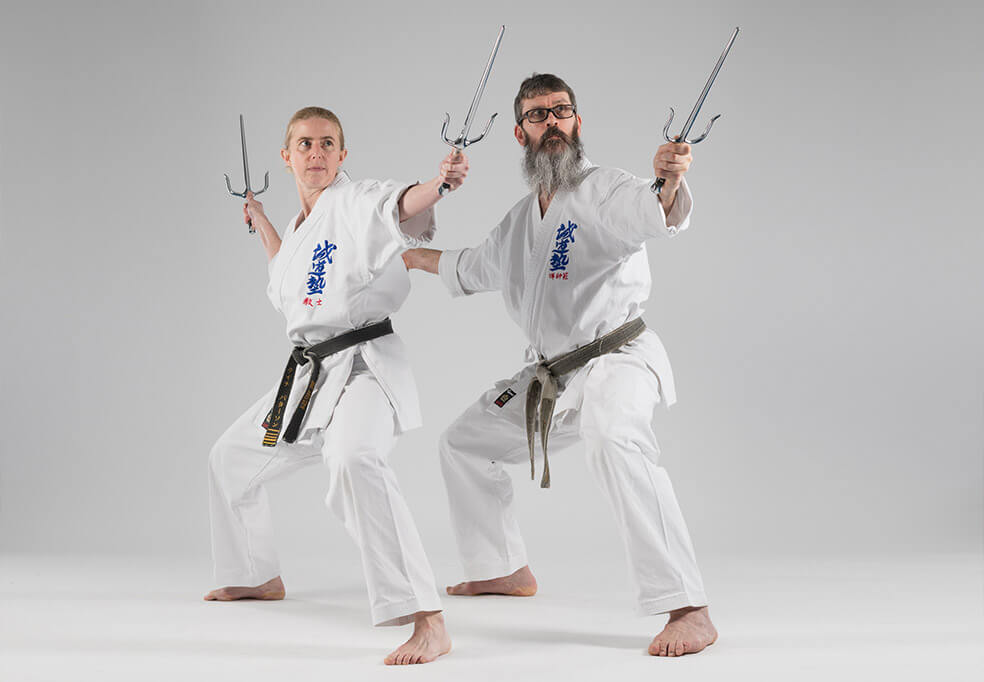
In 2001, with the view of expanding Seido Karate in London, Sei Shihan Brandt opened his new dojo in Fulham with the help of Jun Shihan Tina Paterson (6th dan) and Sensei Cham Bain Smith (4th dan). Seido London Shibu was founded on the 4 pillars of Global, Local, Safe & Strong, with which Sei Shihan Brandt would guide its development, while helping to expand Seido Karate within London and the UK.
Within the 22 years since it’s inception, Seido London has established itself as the gold standard of karate practice in the UK, with a supportive community of parents and students who learn karate as a life skill, and in the process develop strong character and a non-quitting attitude.
In 2023, Seido London was awarded the prestigious title of Shibu in recognition of its role as the leading Seido Karate Dojo in the UK.
